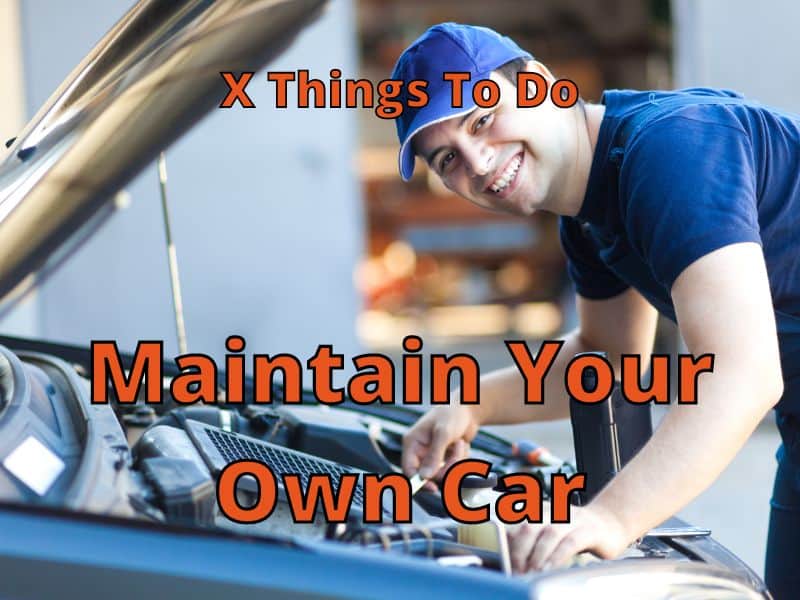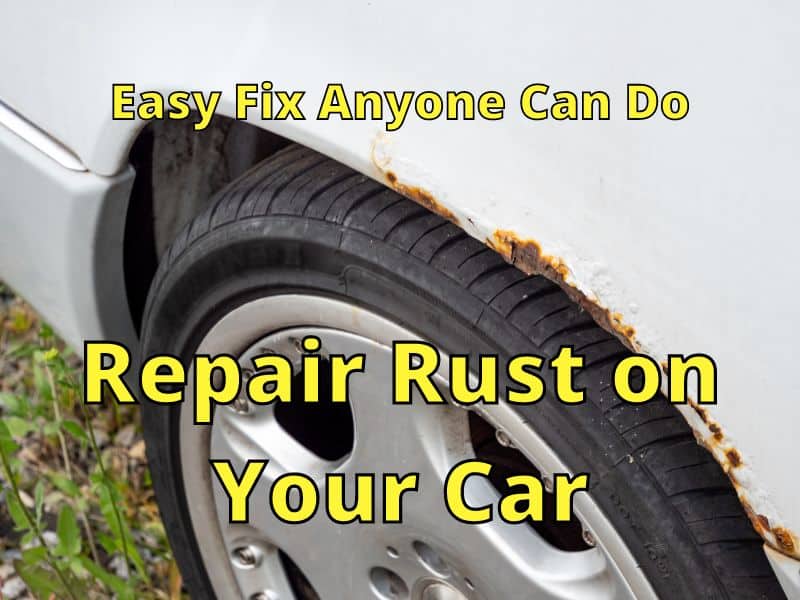Product reviews are a big part of the automotive industry. When people purchase cars, they almost always want to make their vehicle uniquely theirs right away. Not only do they look at reviews before they buy the car, but they also look at product reviews on everything from custom light packages to stereos and bike racks to rooftop carriers.
Automotive Product reviews come from a number of sources. Magazines and now websites like Consumer Reports test a number of products to see if they live up to their claims. Several smaller blogs like this one also test automotive products as well as reviewing vehicles. Many consumers who are into a specific brand (Jeep owners, for instance) launch their own blogs to review items specifically geared for their brand of vehicle. Automotive Product reviews matter for a number of reasons, such as:
- Product Reviews Keep Manufacturers Honest.
- Product Reviews Offer Different Points of View.
- Product Reviews Can Highlight Unusual Applications.
- Product Reviews Offer Real-World Tests.
- Product Reviews Can Point Out Issues for Correction.
Why would someone go to the trouble of purchasing a domain name, getting a host, designing a website, and blogging about various products? Does it really make that big of a difference? The answer is a resounding “yes.” Not only do we want to know if things will work for our own vehicles, but we also want to share that information with others as well. Here are some of the reasons automotive product reviews matter so much.
Product Reviews Keep Manufacturers Honest
Most product manufacturers really want to see customers satisfied with their products, but from time to time, one will come along that makes claims that are just untrue. They will say their product has features it does not, can withstand something it cannot, or will do something for the customer that it won’t.

Sometimes these claims are simply exaggerated, or there are flaws the manufacturer did not catch in testing but that are showing up under real-world usage. A solid product review, one that tests the item thoroughly, keeps the manufacturer honest. If it does not live up to claims, the reviewer will discover and share those shortcomings.
Product Reviews Offer Different Points of View
The thing is, everyone looks at things differently. What might be a flaw one user would never notice or would just put up with might be a deal breaker to another. A feature that is not showcased might also be the wow factor that causes another reviewer to rave about the product. This could even be something the manufacturer thought was no big deal.
This is why either multiple reviews are important or reviews written by multiple people. A blind spot for one person will be the other’s passion point. Most manufacturers give reviewers discounted merchandise or even offer it on a trial basis for free for that reason: they want to understand how different people see things, so they can cater to new customers and clients.
Product reviews are not only important to consumers, but they also help manufacturers see and understand the consumer’s viewpoint.
Product Reviews Can Highlight Unusual Applications

Even the best manufacturers can’t anticipate everything. Once a product is out in the real world, users will find new ways to use it, things the manufacturer did not anticipate or even think of.
For instance, winches were first mounted primarily on the front of vehicles for various purposes in the four-wheel drive world. They could pull out others who were stuck, be used to retrieve people and things, and even be used for self-rescue. As ATVs became more popular, people mounted them on those as well.
But in the field, users mounted winches to the side of vehicles, to the rear, and even made winch mounts that could be relocated as the need arose. This allowed for even more applications and rescue-type scenarios, along with various utility uses. Manufacturers then began to make new mounts to work with these new applications.
This started in four-wheel drive forums, with product reviews, and with users designing their own applications. This is just one product that illustrates the importance of product reviews and why they matter. In this case, they created a new market and new products.
Product Reviews Offer Real-World Tests
Want to buy a hitch-style bike rack for your SUV? Want to take it on a long trip? Which is the best one? Which ones are the most reliable? Are the more expensive racks worth the money? All of this is hard to tell from a blurb on a website or a manufacturer’s description. However, through product reviews, you can learn which products meet and exceed expectations when truly put to the test.
Also, reviewers will test different situations. One user might have taken the bike rack off-road with mountain bikes on it that are heavier and had different results than another user with road bikes on the back that went back and forth to regional races. Do kids’ bikes work on the same rack? How easy is it to take on and off? How easy is it to open the back of your SUV with it still mounted?
The answer to all of these questions comes from the real world, and the same goes for other products as well. You won’t know how something really works until someone puts it to the test in the real world. Lab tests are helpful but are not really a substitute.
Product Reviews Can Point Out Issues for Correction

Not only can reviews point out flaws or shortcomings, but often these are things that are easily fixed. A simple update or sending out a new part with the next batch of products and even to people who have already purchased it can mean the difference between good and bad reviews and future purchases.
It also can increase trust in the company. If they are willing to correct issues right away, it shows their commitment to customer service and to listening to product reviews. This is one of the many reasons product reviews matter.
Whether you review products and write reviews or you simply read them before you make a purchase, automotive product reviews matter. They inform us, make manufacturers better, and even show us how products can be used in different ways than what we initially imagined. Pay attention to product reviews. Manufacturers and other customers do, and that, above all, is why they matter.



















